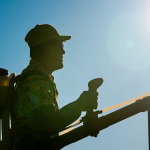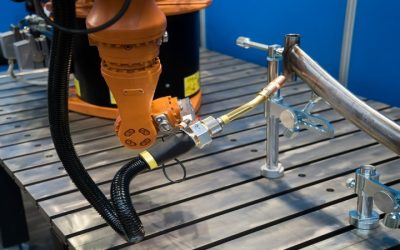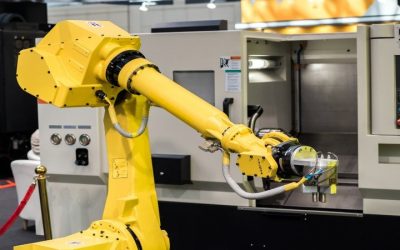Because fitness, sports, and leisure are becoming more and more valued in today’s world, there is a growing demand for first-rate sports facilities. Sports facilities are important for reasons other than just giving athletes a place to compete. They serve as settings for a variety of events, improve sports performance, and promote community involvement. As such, sports facility construction has become a crucial part of modern infrastructure development, ensuring that these spaces meet the diverse needs of athletes, teams, and spectators alike.
Designing for Functionality and Innovation
Creating areas that support both creativity and functionality is one of the main objectives when building sports facilities. Sports facilities nowadays are complete, multipurpose spaces that incorporate cutting-edge technology and contemporary design concepts; they are no longer just a field or court. Every element, from energy-efficient designs to cutting-edge lighting systems, is thoughtfully chosen to enhance the user experience and lower operating expenses. Smart technologies, for instance, have made it possible to collect data in real-time at many sports complexes. This data may be used to monitor performance, manage resources, and even improve the experience of spectators. Sustainability has also gained a lot of attention, as evidenced by the numerous new projects that use water-efficient technologies, solar energy, and green building materials. These initiatives lower the long-term costs of sustaining these facilities while also advancing environmental goals.
Meeting the Needs of Diverse Stakeholders
Making sure that the demands of many stakeholders are satisfied is a significant problem in the construction of sports facilities. This encompasses local communities, coaches, athletes, and supporters. The facility, be it a basketball arena, soccer field, or swimming pool, must tailor its layout and design to meet the specific requirements of the sports it intends to host. Accessibility is another crucial factor to consider. Modern sports facilities must cater to individuals of all abilities to ensure inclusivity. This entails creating accessible seating sections, ramps, and other features that make the space inclusive of all users. Planning and building these venues also heavily relies on community involvement. Many sports facilities serve as community centers where locals can attend events, participate in leisure activities, or simply enjoy the area. In order to make sure the design satisfies local requirements while still being usable for competitive events, architects and constructors frequently work in conjunction with community leaders.
The Future of Sports Facility Construction
The construction of sports facilities will continue to evolve in the future. Before construction even starts, stakeholders can virtually tour a facility thanks to technological innovations like virtual reality and augmented reality, which are already starting to be used in the design process. Furthermore, it is anticipated that future projects will further emphasize trends like sustainability and multipurpose designs. The demand for creative and useful sports facilities will only climb as towns expand, and the popularity of sports worldwide keeps growing. Building these facilities, whether it’s a top-tier stadium or a neighborhood gym, will remain a crucial component of contemporary infrastructure, offering areas for communities and athletes to flourish.








